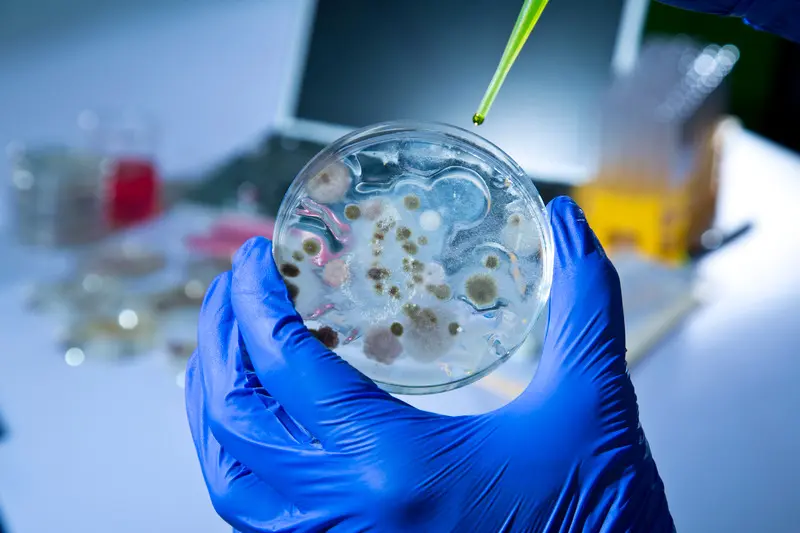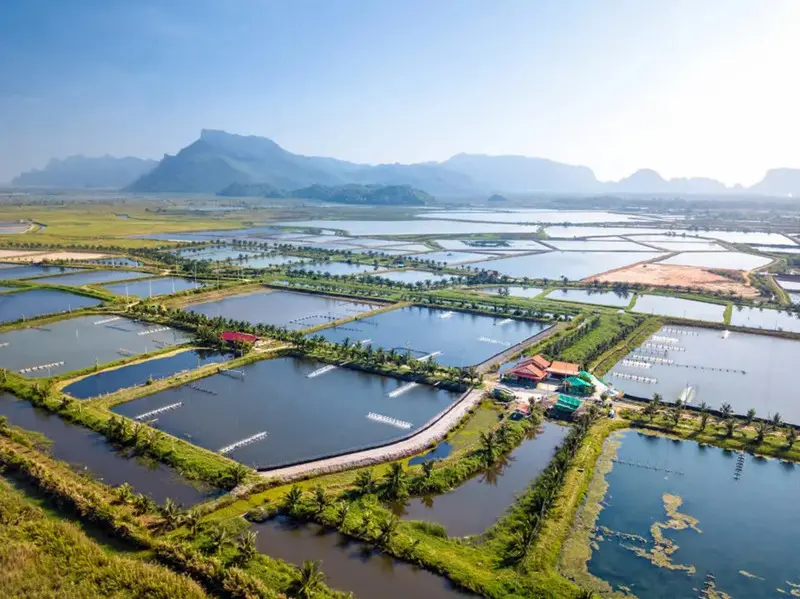Loading...


Enterocytozon hepatopenaei (EHP) infects the shrimp hepatopancreas

Significant economic losses in shrimp aquaculture
Innovative Solution to Control EHP Challenges
Germinasi polar tube


Microsporidian:
size less than 1 μm

Infeksi akibat polar tube

Spora memperbanyak diri

Spora terlepas ke lingkungan


Microsporidian:
size less than 1 μm
1.
Bind and disrupt parasite membranes
2.
Abrasive & desiccating effect slices and dehydrates parasites
3.
Breaks the outer wall of parasites, making them vulnerable to host immunity
| DOC | % feed | Cost per kg feed (Rp) | Cost per kg shrimp (Rp) |
|---|---|---|---|
| 1-30* | 11.1% | 266 | 400 |
| 1-45 | 22.2% | 799 | 958 |
| 1-60 | 37.2% | 893 | 1,339 |
| 1-100 | 100% | 2,400 | 3,600 |
| Parameter | Control | A-Coverost Treatment |
|---|---|---|
| Pond Area (m²) | 3,000 | 3,000 |
| Total Stocking (shrimp/pond) | 450,000 | 450,000 |
| Survival Rate (%) | 75 | 75 |
| FCR | 1.5 | 1.38 (-8%) |
| Target Weight per Shrimp | 20 | 23 |
| Harvest Biomass (kg) | 6,750 | 7,763 |
| Harvest Biomass Difference (Kg) | (see on right) | 1,013 (15% increase) |
| Additional Cost Feed/Kg | Rp0 | Rp2,400 |
| Benefit Cost Ratio | 1 | 1.26 |